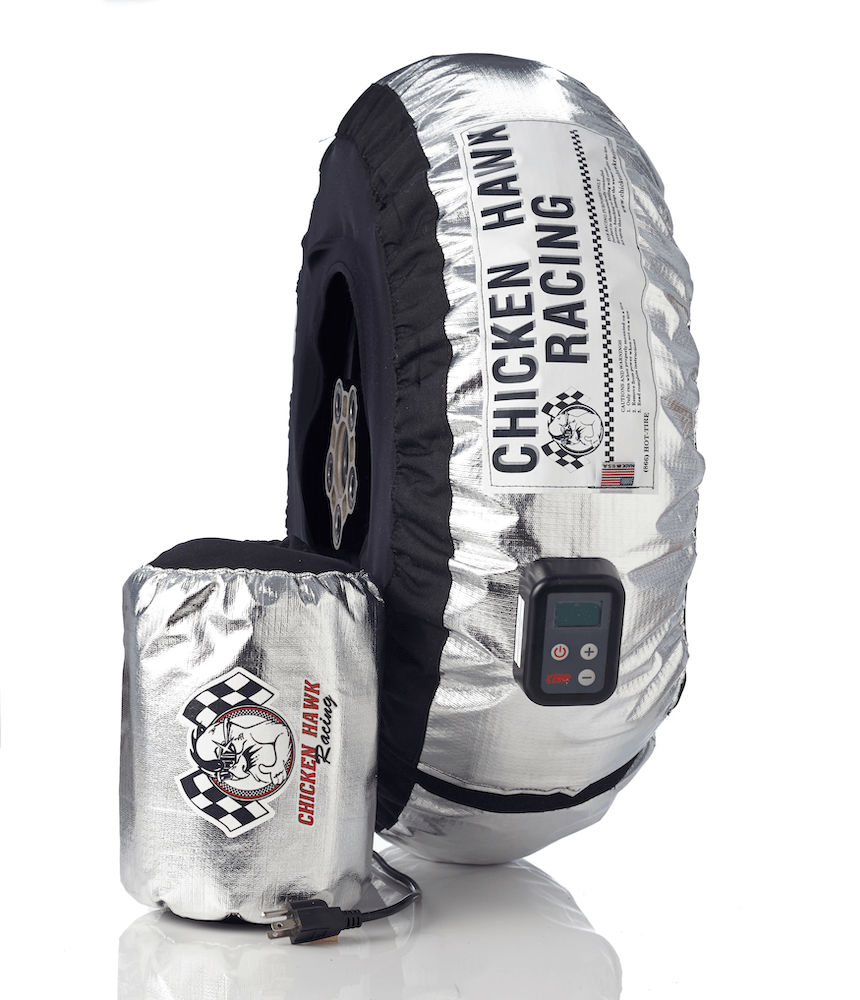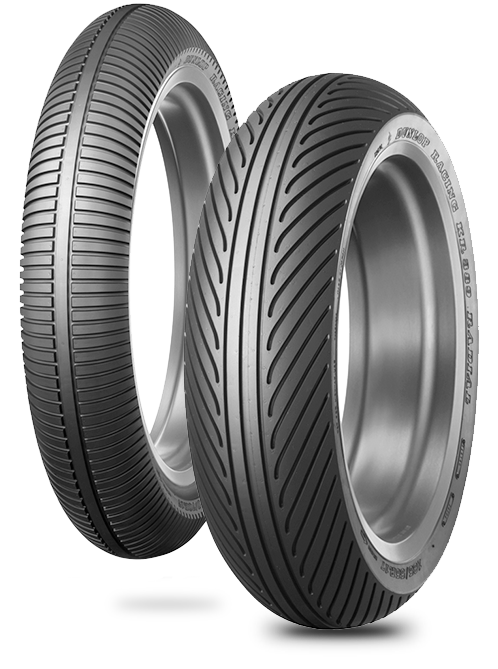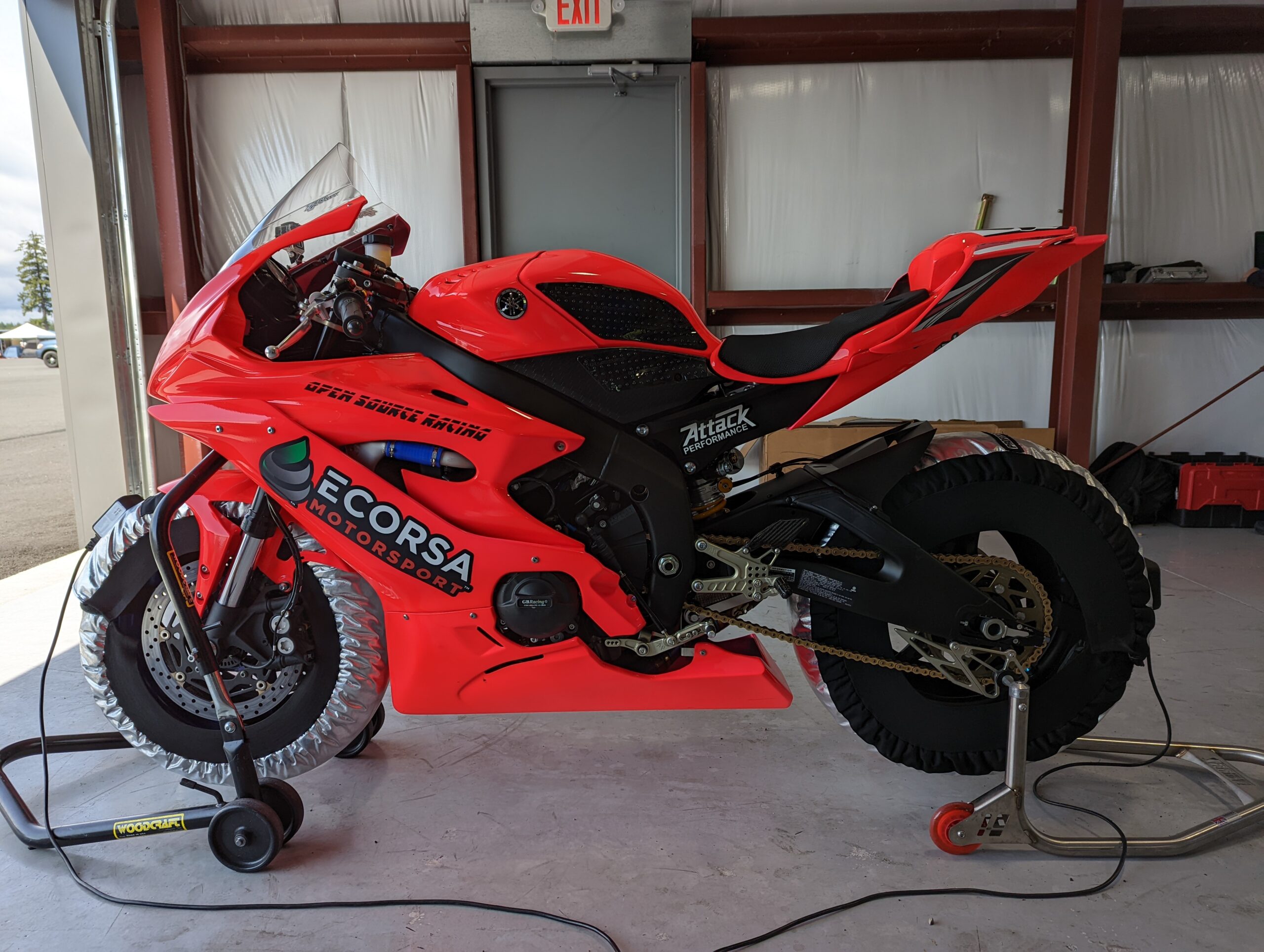Someone asked me about tire warmers at my last track day. I realized there’s a lot to know about them that may not be obvious. Here are some quick tips.
When should you consider getting warmers?
Tire warmers are used to get tires up to operating temperature BEFORE you go out on track. You should consider getting tire warmers when you are at a high intermediate pace or just starting to get into the fast group. Typically I would suggest getting tire warmers when also switching from DOT tires to slicks. For this reason I would not consider using slicks and warmers if you are in the relaxed group as you won’t be able to keep enough heat in the tires to be sticky, and DOTs will actually perform better for you. It would be a better investment to put that money towards coaching or a new set of DOT tires if you are just starting out.
That being said, even if you are fast you don’t NEED to transition to slicks. Modern track-day oriented DOT tires like the Dunlop Q3+ or Pirelli SC3 can be run at a very high pace. I have personally gotten podiums in novice classes on DOTs without warmers, and have used them to run lap times that would have qualified me for a national race.
Pros of tire warmers
- Tires are already up to temp so you don’t have to ease into your riding on the first few laps of a session
- Reduces risk of tires cold tearing on first few laps
- Allows you to set hot pressures and get closer to a target setting before heading on track
Cons of tire warmers
- Can be an expensive investment
- One more thing to manage and maintain
- Requires running a generator or external power source
- Running generator means you now need to maintain another motor
- Need to also use front and rear bike stands
How to use tire warmers
Tires can take an hour or more to fully get up to operating temperature when on the warmer. This is my procedure for running tire warmers:
- Put tires on at least 1 hour before the first session of the day. Make sure the warmers are on the desired setting and are receiving power. If there is a rider’s meeting I try to get them on and going BEFORE the meeting starts, so they can warm up while I am at the meeting. If you wait until after the meeting there might not be enough time to get them all the way hot.
- At the start of the day, over-inflate the tire to be higher than your target PSI. If you don’t know a target PSI get in touch with your local tire vendor.
- Periodically put your hand on the warmer to make sure it is still on and the tire is getting hot. You know the tire is getting close to operating temperature if the metal rim of the tire is starting to get warm.
- About 10 minutes before your session, bleed down the tire to your desired tire pressure.
- Right before going out on track check pressures once again, turn-off and remove the warmer. Verify that the tire is hot by touching it with your hand. This will give you peace of mind when going out that you’ve got grippy tires, and will set off alarm bells in your head when you notice the tire is cold.
- When coming back in, check tire pressures immediately before doing anything else, and adjust based on wear characteristics and how the tire felt. Record the delta between what you set the tire to before going out and what it came back in as, so you can adjust your target pressures before going out again. (MotoAmerica teams will usually measure pressures in hot pit BEFORE going back to cold pit, so as to get the most accurate reading of what the pressure and temperatures were while on track.) The first session of the day is usually a pretty drastic delta.
- After checking pressures get the warmers back on as soon as possible to keep heat in them and prevent unnecessary heat cycling.
What do you need to run tire warmers?
- >2k Watt Generator. Tire warmers typically pull ~1500 watts, so a 2K or more generator is a good minimum size target. I really like the Yamaha, Honda and Predator brand generators of this size. Please don’t be THAT person and bring a loud contractor-style generator to the track. Be kind and point your generator exhaust somewhere that it won’t annoy your neighbors.
- Extension cord + power strip. Make sure they are rated for 15+ amps.
- Additional fuel for your generator, preferably ethanol free to avoid gumming up carb
- Front and Rear bike stands to get the tires off the ground
Can you run tire warmers for DOTs?
You don’t need tire warmers for DOT tires – they are designed to get up to temperature quickly and operate in a wide range of conditions. That being said, running warmers with DOTs on a lower setting will mean that you can go out on track and have less concern about getting your tires up to temp on the first few laps of the session. Some DOT tires don’t like warmers, and using them will overheat the tire and cause it to get greasy due to the silica content, so check with your tire brand’s recommendation before assuming that warmers are always better.
Do you need them for slicks?
It is HIGHLY recommended that you run warmers with slick tires. Slicks are designed to operate at high temperatures, and going out on a cold set of slicks can be downright dangerous. Grip levels on a cold slick is way worse than a DOT tire at the same temperature. I have found that Pirelli slicks tend to be more forgiving than Dunlops when they are not at operating temperature due to the softer carcass, but that really shouldn’t be your reason for choosing one brand over the other.
What to look for when buying a warmer

At a minimum I would suggest getting a dual temp warmer, so you have the option to leave them on high/low for different conditions. I also really like warmers that have an auto-off setting after the tire gets up to the target temperature. For these reasons I think a great starting point would be the Woodcraft dual temp warmers because they are a great value for the price point. For my race program we recently moved to the Chicken Hawk Racing warmers, and they have also been fantastic but are a little more spendy. I also have had good luck with the Vortex digital controller warmers which we use as a back up and run regularly at race weekends. I also have a cheap set of single-temp warmers in my gear bag just in case one of my warmers fails and I need something to get me through the weekend. I have also heard great things about the CT Racing warmers but haven’t had a chance to use them yet.
Should you use tire warmers with non-DOT rain tires?

There are conflicting thoughts on this. Since fully-siped rain tires are softer and designed to run in cold conditions you don’t typically need them. My race team will use warmers on the “low” setting and target ~135* F before going out. This is roughly what the tire temp will be on a full wet session after coming in, so we try to get the tire to that temperature prior to going out.
Rapid fire tips
- When attaching the tire warmer to the tire, put the velcro strap on the wheel spoke just ahead of the air valve. That way you know where it is every time you go to set pressures.
- Make sure you brush off the tire and clean it of debris/rocks/dirt prior to putting on the warmer. This keeps the warmer cleaner and will improve its longevity.
- Get your warmers back on the bike as soon as you come back from a session. The heating and cooling of a tire will cause its performance to degrade. This is known as “heat cycling” and is something we’re trying to avoid. Once the tire is hot, keep it hot!
- When finished for the day, put your warmers back on your tires but don’t turn them on. This insulation will help control the cooling of the tire. Slower cooling of the tire will reduce the impact of heat cycling.
- Turn your warmers off BEFORE removing them from the bike. Get into the habit of doing this so you don’t accidentally leave them on and burn them up. It is also a good practice to inform anyone helping you at the track of how to do this as well. Tire warmers do NOT like to be on if they are not attached to a tire and are known to catch on fire if left on.
- When storing your tire warmers, do your best to not fold/bend the heating elements. I have found the best way to do this is to roll them up like you would a sleeping bag, then gently wrap the cord around them.
- On cold/windy days you can use an insulation layer on top of the warmer to keep the wind from sucking out heat. They make fancy insulation socks designed for tires, but a blanket, towel or sweatshirt will work just as good.
- Tire warmers wear out! Over time the heating elements won’t be able to get as hot and sometimes entire sections of the warmer will fail entirely, leaving your tire unevenly heated. Keep this in mind and make sure you test your warmers once in a while. At a novice level you could get a set of warmers to last a few seasons. At the professional level I have my warmers sent out and tested/repaired/replaced every season.
- Use as short of a power cord as you can, and if your warmers don’t feel like they are getting up to temp try turning off “eco” mode if your generator has that. If you are using shore power keep an eye on things and make sure you aren’t experiencing a brown-out that reduces your warmer’s effectiveness. I will always bring my generator just in case, even if I know the facility I am going to has power.
- When putting on a front warmer, be careful not to touch your brake rotors. It’s very easy to burn your knuckles on a hot rotor when putting the warmer on.
Thanks for reading! If you have any questions or there’s anything I missed please shoot me a message!
Special thanks to Mallory Dobbs for editing this article!


Comments are closed, but trackbacks and pingbacks are open.